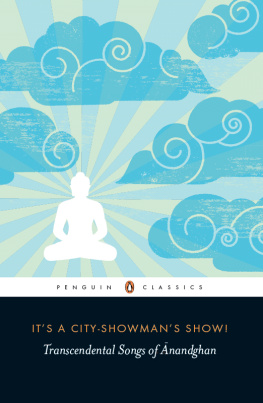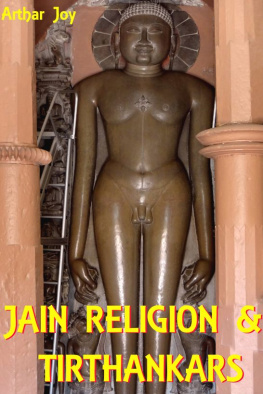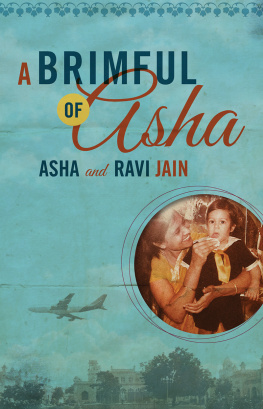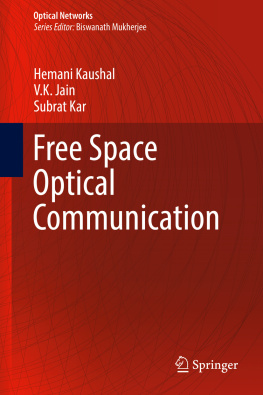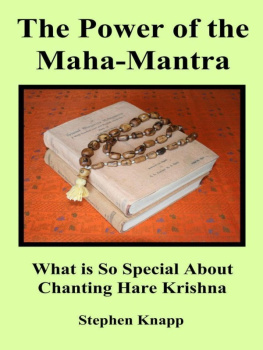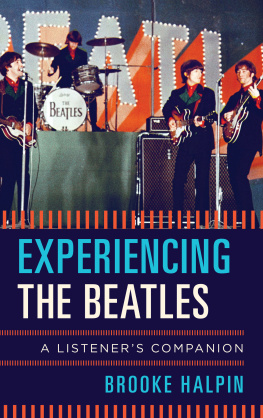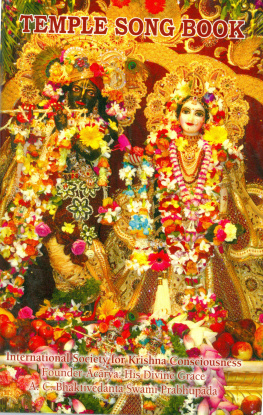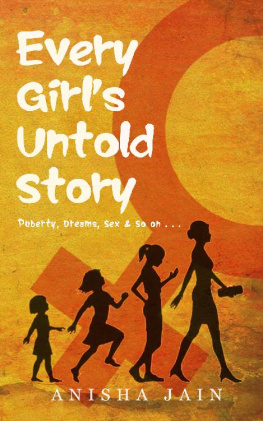PENGUIN BOOKS
UK | Canada | Ireland | Australia
New Zealand | India | South Africa
Penguin Books is part of the Penguin Random House group of companies whose addresses can be found at global.penguinrandomhouse.com.
This collection published 2013
Copyright Imre Bangha and R.C.C. Fynes 2013
The moral right of the author has been asserted
Jacket images Gillian Blease
ISBN: 978-0-143-41555-8
This digital edition published in 2016.
e-ISBN: 978-8-184-75985-3
Not for sale in North America
This book is sold subject to the condition that it shall not, by way of trade or otherwise, be lent, resold, hired out, or otherwise circulated without the publishers prior consent in any form of binding or cover other than that in which it is published and without a similar condition including this condition being imposed on the subsequent purchaser.
THE BEGINNING
Let the conversation begin...
Follow the Penguin Twitter.com@PenguinIndia
Keep up-to-date with all our stories YouTube.com/PenguinIndia
Like Penguin Books on Facebook.com/PenguinIndia
Find out more about the author and
discover more stories like this at penguinbooksindia.com

ITS A CITY-SHOWMANS SHOW!
DR IMRE BANGHA is Lecturer in Hindi at the University of Oxford and Head of the Alexander Csoma de Krs Centre for Oriental Studies at Sapientiathe Hungarian University of Transylvania, Romania. He studied Indology in Budapest and holds a PhD in Hindi from Visva-Bharati. His publications include English, Hindi and Hungarian books and articles on Brajbh and other forms of early Hindi, with special focus on the poetic works of nandghan, hkur, Viuds, Tulsds, Bjdas well as on Rekhta literature.
R.C.C.. FYNES was educated at the University of Leeds and the Queens College, Oxford. His previous publications include English translations of the Sanskrit texts of Hemacandras The Lives of the Jain Elders and Jinaratnas The Epitome of Queen Lilavati.
He is currently a Principal Lecturer in the Faculty of Art, Design and Humanities, De Montfort University, Leicester.
Foreword
An important development in Jain studies over the past several decades has been for scholars to see the myriad ways in which Jains have participated in all aspects of South Asian religion and culture for more than two millennia. That participation has often been marked by a distinctly Jain content and style, and so one needs to be versed in the rich and distinctively Jain world of cosmology, soteriology, metaphysics, ritual, literature and social forms to gain a fuller understanding of the Jain expressions of the shared Indic religious culture. At the same time, however, Jains have not been in a bounded and sealed cultural ghetto. Jains have actively engaged with all manner of non-Jains, and so any attempt to adequately understand South Asian religion and culture is impoverished to the extent that it ignores the Jains. The work of Imre Bangha and Richard Fynes on the seventeenth-century poet and hymnist nandghanan important figure who has hitherto received scant attention in European-language scholarshipshows that this observation applies as well to the study of north Indian vernacular religious literature of the past half-millennium.
This literature is generally situated within a framework broadly characterized as bhakti or devotion. Bhakti as a mode of religiosity emerged gradually in South Asia more than two thousand years ago. I have shown elsewhere that the Jains have been significant participants in the practice of bhakti since its earliest developments (Cort 2002a). Jains have sung and recited of their relationships to Godwhich in their case is the Jinain Sanskrit, Prakrit, Apabhramsa, Persian, Tamil, Kannada and the medieval and modern forms of the regional languages in every part of India where they have lived. There are, I would estimate, more manuscripts of devotional texts than of any other genre among the hundreds of thousands of manuscripts preserved by the Jains in their famous libraries. Among the vernacular languages in which Jains have composed devotional texts are Braj, Hindi and Gujaratithe same that inform the distinctive language of nandghan, which might simply and most accurately be termed bh or bol, the spoken tongue. nandghan presents us with something of a mystery. We have his poems, a selection of which has been wonderfully brought over into English in this volume. But beyond that we know little about him. There is nothing available that is historically reliable enough to term a biography. Even when we turn to hagiography and oral tradition we are left in the end with only a glimmer of this Jain monk who seems to have just turned away, out of our sight, down a distant, solitary road.
Part of the problem of placing him is that he doesnt fit well into our models of late-medieval vetmbar Mrtipjak Jain mendicancy. Most monks at this time were domesticated yatis, who observed the mendicant vows in only partial form, and served as residential priests in each local Mrtipjak community in western and northern India. There was only a handful of monks who maintained the five vows and other mendicant rules to the fullest, and so were known as saveg sdhus, or seeker monks. The leader of this group during the time nandghan lived was Satyavijaygai (16241700), about whom also we know little, and the intellectual inspiration of the group was Mahopdhyy Yaovijay (162688), one of the greatest intellectuals in South Asian history. But nandghan doesnt fit easily into either camp. A reading of his poems might suggest that he represented a third mode of mendicant conduct, one that was anti-institutionalbut without being completely a Jain equivalent of antinomiancentering on freelance asceticism, meditation, and in his case, of course, on composition of poems. Such monks undoubtedly have always existed at the margins of Jain society, but due to the very nature of their lives and practices they have left little historical evidence. These spiritual outriders were viewed with suspicion by the landed yatis, whose own conduct so clearly did not match the well-articulated rules for proper Jain monks, and were threatened by expressions of true asceticism and renunciation. These free spirits have also been looked upon with suspicion by the orthoprax saveg sdhus, who have emphasized the necessity of travelling in groups, in being open to the public scrutiny of both their mendicant colleagues and the more numerous Jain laity, and who have therefore in their own ways led lives of highly institutionalized asceticism and renunciation.

